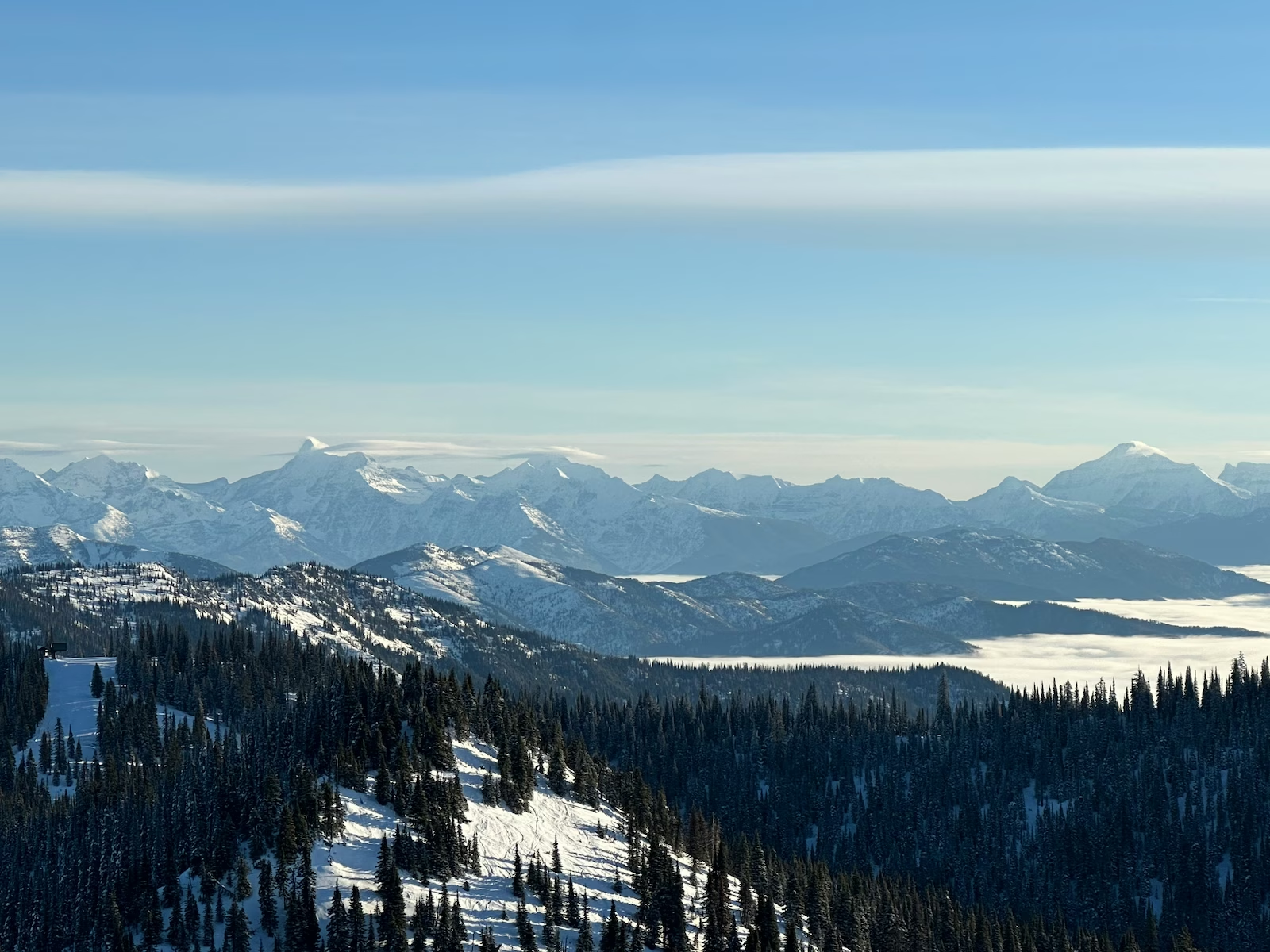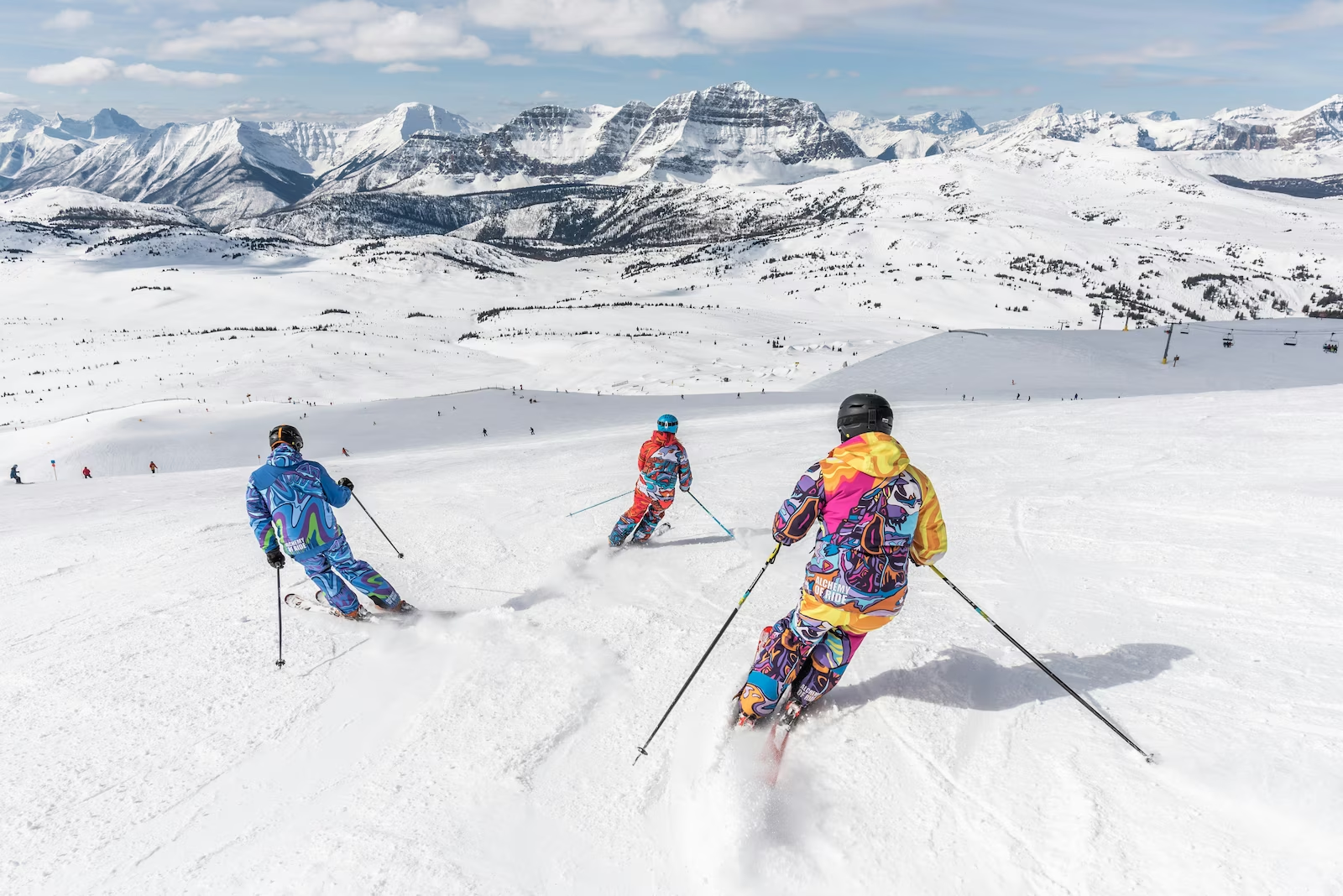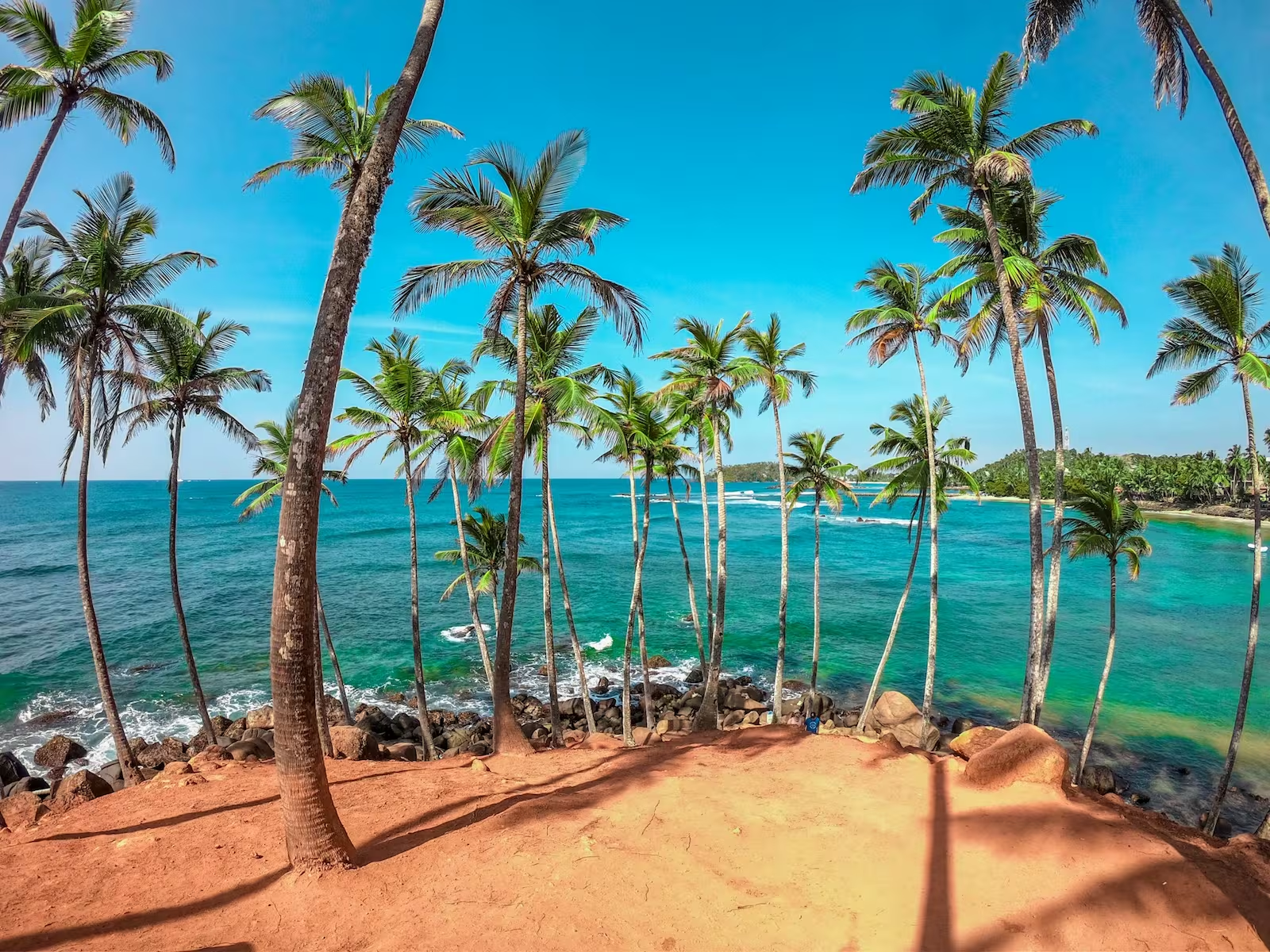Antelope Canyon is one of the most breathtaking natural wonders of the American Southwest. Carved out by flash floods over thousands of years, this stunning slot canyon features narrow passageways and smooth, undulating sandstone walls that shimmer with vibrant shades of red, orange, and purple. It's a photographer's paradise and a must-visit for anyone exploring Arizona. However, because it's located on Navajo land and comes with its own set of logistical considerations, visiting Antelope Canyon requires some planning. Here’s your complete guide on how to visit Arizona’s unique Antelope Canyon and make the most of this unforgettable experience.
1. Understanding Antelope Canyon’s Layout: Upper vs. Lower Canyon
Antelope Canyon is divided into two main sections—Upper Antelope Canyon and Lower Antelope Canyon. Each offers a slightly different experience, so it's important to know what sets them apart.
Upper Antelope Canyon (also called Tsé bighánílíní, or "the place where water runs through rocks" by the Navajo people) is the more popular and accessible section. Its wider openings allow for incredible light beams to filter in during midday, creating the famous sunbeams that photographers and tourists love. It’s an easy walk with a flat path, making it suitable for visitors of all ages.
Lower Antelope Canyon, known as Hazdistazí or "spiral rock arches," is narrower and requires climbing a few ladders. While the light beams are less frequent here, it offers a more intimate and adventurous experience. It's also less crowded than Upper Antelope, which can be a huge plus for visitors seeking a quieter, more immersive experience.

2. Booking a Guided Tour (A Must)
One of the most important things to know about Antelope Canyon is that you cannot visit the canyon on your own. Since it is located on Navajo land, only guided tours are allowed, and you'll need to book your tour in advance. Tours typically last around 1 to 1.5 hours, and guides will take you through the narrow slot canyons while sharing the history and geology of the area.
There are several companies offering tours for both Upper and Lower Antelope Canyon. Here are some quick tips to help with booking:
Plan ahead: Especially during peak tourist season (spring and summer), tours can fill up weeks in advance. Book as early as possible, especially if you’re aiming for the midday slots in Upper Antelope Canyon to catch the light beams.
Choose your time wisely: If you’re looking to photograph the famous sunbeams in Upper Antelope Canyon, aim for a tour between 10 a.m. and 12 p.m. However, this is also the most crowded time. If you prefer fewer crowds, early morning or late afternoon tours are better.
Lower Antelope Canyon tours: These are usually less expensive and offer more availability. If you enjoy climbing and squeezing through tight passages, this might be the perfect adventure for you.

3. Getting There: Location and Directions
Antelope Canyon is located just outside of Page, Arizona, in the northeastern part of the state. Page is a small town that serves as the gateway to many natural attractions, including Lake Powell and Horseshoe Bend, making it a great base for your trip.
By Car: The most common way to get to Antelope Canyon is by car. From Phoenix, it’s about a 4.5-hour drive (275 miles), while from Las Vegas, it’s around a 4-hour drive (280 miles). You can also drive from Flagstaff, which is about a 2-hour journey (130 miles).
Parking: Parking for both Upper and Lower Antelope Canyon tours is available at designated tour operator locations. Make sure to arrive at least 15 minutes before your tour to check in.
If you’re visiting other nearby attractions like Monument Valley or Zion National Park, Antelope Canyon makes for an ideal stop along your road trip.

4. What to Bring and Wear
Because Antelope Canyon is located in a desert environment, it’s important to come prepared for hot, sunny days (depending on the season) and possibly some wind. Here’s a quick list of what you should bring:
- Comfortable clothing: Lightweight, breathable fabrics are best for keeping cool in the heat. If you’re visiting during cooler months (fall/winter), be sure to bring a jacket.
- Sturdy shoes: The ground in the canyon can be uneven and sandy. Opt for comfortable, closed-toed shoes or hiking boots.
Sunscreen and a hat: Even though you’ll be in the canyon for part of the tour, you’ll still spend time in direct sunlight, especially while waiting outside for your tour to begin.
- Water: It’s essential to stay hydrated, especially in the desert heat.
- Camera: Antelope Canyon is an iconic photography spot, but be mindful that tripods and large camera bags aren’t allowed on some tours. Most smartphones will do a great job of capturing the beauty of the canyon. Don’t forget extra batteries or a portable charger!
- Dust protection: Due to the sandy environment, your camera or phone might get dusty. Consider using lens covers or wipes to protect your gear.

Starting from Skratch? Here are some links to help you get started:
https://medium.com/@anastasiacantu/best-way-to-get-to-antelope-canyon-a-complete-guide-1be5e90f595b
https://www.visitarizona.com/like-a-local/a-guide-to-visiting-antelope-canyon-the-right-way/









.avif)
.avif)



.jpg)

